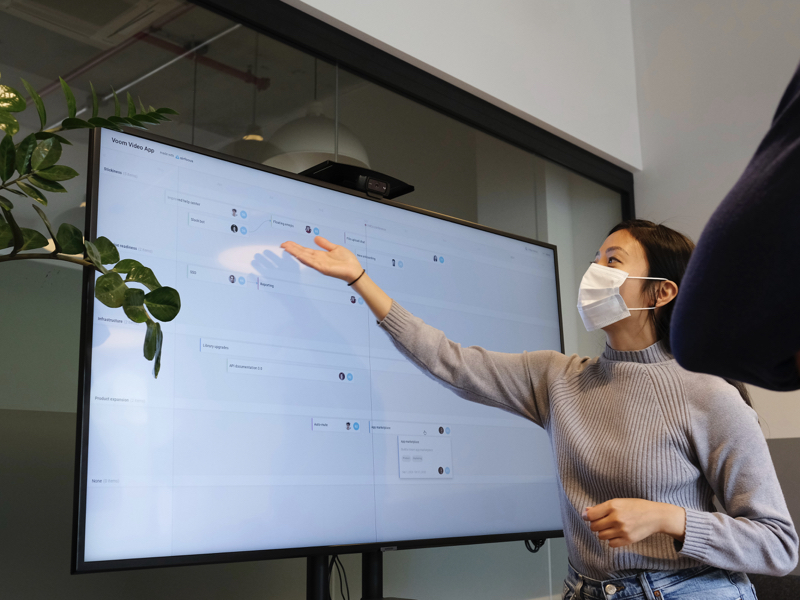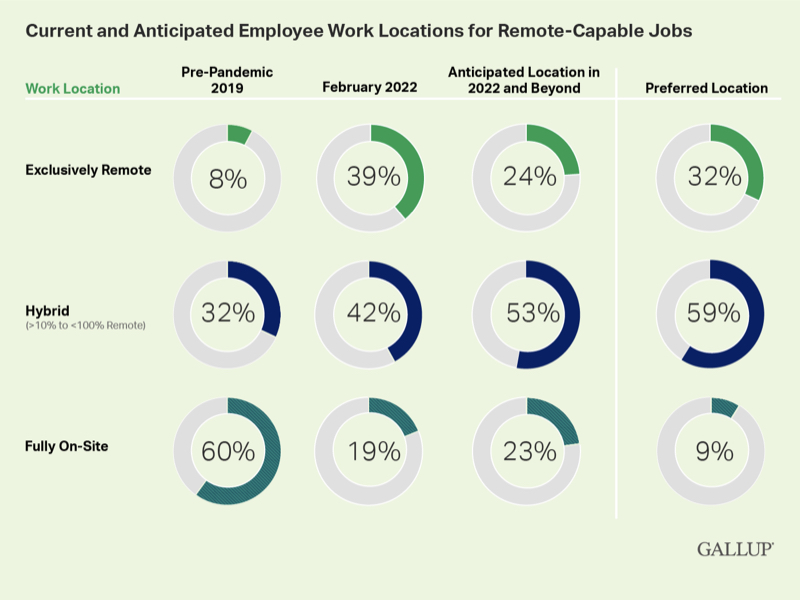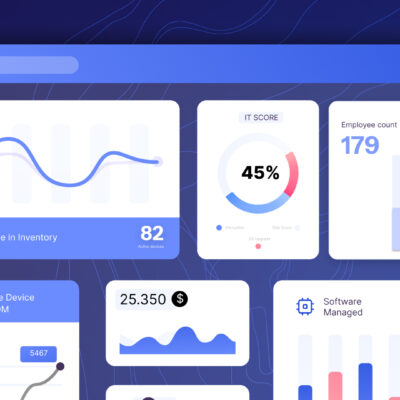Why Hybrid Work is the Future of Work
Back in 2019, a majority of the professional work environment looked like this: professionals would wake up, get ready for work, commute to the office, clock in, attend face-to-face meetings, eat lunch with colleagues, work in their cubicles, clock out, and commute back home.
That was the norm for most professionals for as long as they could remember. Then in early 2020, an unprecedented pandemic turned the professional work environment on its head and forced a change that would permanently change the working landscape.
The COVID-19 Catalyst

When COVID-19 first broke out, the professional world was forced to adjust to meet safety requirements. Lockdowns and social distancing mandates meant that most employees were sent home to work.
This shift from a (in most cases) fully on-site to a remote environment also translated to shifts in processes and everyday interactions. Long gone were the face-to-face meetings and usual office camaraderie. Online conference calls and Zoom bonding sessions became the norm.
Fast forward two years and most countries are slowly starting to ease up on pandemic restrictions and open up their borders. That also means offices are opening up again with most employers setting up arrangements for their employees to work in the office on some days and work from home on others, thus institutionalizing the hybrid work setup.
Is Hybrid Work Working?

In an article published by Stanford University’s Institute for Economic Policy Research, author Nicholas Bloom says, “about 70 percent of firms — from tiny companies to massive multinationals like Apple, Google, Citi, and HSBC — plan to implement some form of hybrid working arrangements so their employees can divide their time between collaborating with colleagues on-site and working from home.”
An April 2021 survey run by Gartner, reported that 99% of human resources leaders expect employees to work in some kind of hybrid arrangement moving forward.
Similarly, a May 2021 article published by McKinsey & Company shows that a “majority of executives expect that (for all roles that aren’t essential to perform on-site) employees will be on-site between 21 and 80 percent of the time, or one to four days per week.”
Gallup, on the other hand, provides a perspective from the employees. Their March 2022 article was filled with insights after having “studied the experiences, needs, and future plans of more than 140,000 U.S. employees surveyed since the onset of the pandemic.”

Another survey conducted by the Future Forum Pulse in June 2020, came up with a number of points:
- Hybrid work arrangements increased 12 percentage points between May and November of 2021, rising from 46% to 58%
- 50% of respondents said their company offered flexible working hours, while 42% offer flexibility in working location
- Hybrid and remote employees scored better on work-life balance, stress, and work satisfaction than those that were required to work from the office full-time
The Secret Sauce

The numbers show that hybrid work is here to stay. But what makes hybrid work effective? What makes it work? How are companies making hybrid work work for them? The simple answer is technology.
The evolution of the technological landscape has far exceeded the evolution of the current work model. Tools and platforms that enable teams to meet online, manage work systems remotely, set up payroll at the click of a button, and more are all available.
Looking for must-have tools to manage your remote team? Check out this list!
With the help of technology, there are now solutions to almost every problem imaginable. So much so that technology makes creating an efficient hybrid work model not only possible but also extremely easy.
Moving Forward

Hybrid work is already happening. It is a current arrangement for hundreds of thousands of employees around the world. If companies want to survive and remain competitive in their industry, they will have to adapt their current work models to the hybrid work model and the needs of their employees.
Having a growth mindset and embracing technology will be key in this evolution. It’s time to leave behind the antiquated ideas of the corporate office daily grind and reshape the thinking behind work.












